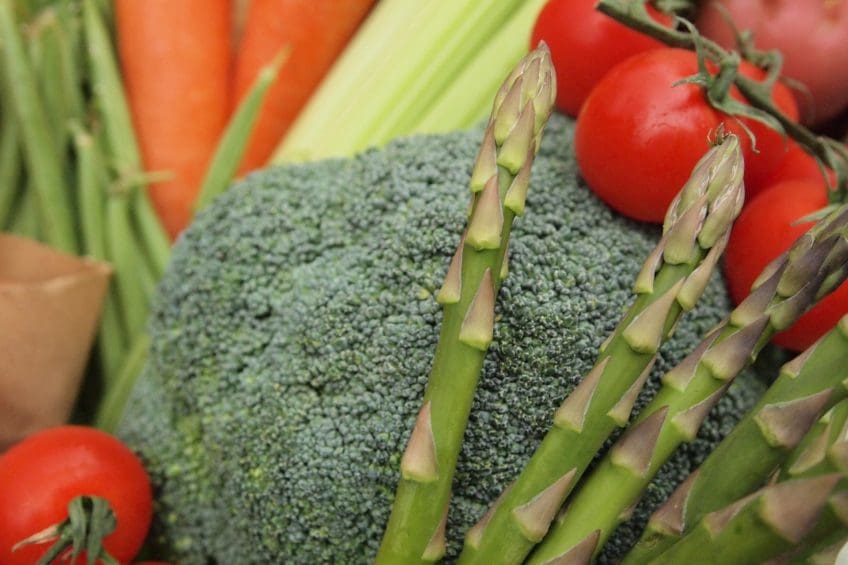Sustainability Series: 5 Ways to Use Food Extras
If you read my previous blog on food waste, you’ll know that the cost of food is on the rise, especially fruits and veggies. You would also know that Canadians throw away almost 25% of the food we purchase – either during the cooking process, or after it leaves the table. It drives me crazy when I catch myself throwing out wilted herbs or milky and foul-smelling vegetables. Even when prepping a vegetable, I seem to throw away almost as much of the vegetable as I am about to cook.
I recently got very excited when I found a cookbook called “Root to Stalk Cooking”. The book promises to help you “waste less, discover new depths of flavour, and save money”, which I am all about, especially the latter!
Before diving into a how-to, I want to mention that the majority of fruit and vegetable “extras” are perfectly edible, but there are some parts of the plant that were never intended to be consumed and can be toxic and poisonous to humans. As an example, eating the pit of the avocado has recently become very popular. The safety of consuming an avocado pit is still unknown, so until more research is done on potential health benefits, it’s probably better to avoid. Rhubarb leaves should also be avoided. They contain oxalic acid which acts as a corrosive acid in our body.
The typical anatomy of a vegetable includes the leaves, stem, bulb and root. All of which are usually edible. The fruit includes the leaves, stem, skin, flesh, and pit or seed. As a general rule of thumb, only the skin and the flesh of the fruit are the edible portions.
Another concern with eating parts of fruits or vegetables that are normally thrown away is pesticide contamination. The skin of fruits and vegetables typically contains the most fibre, but it also is where the greatest concentration of pesticide will be found. Instead of peeling all produce (time consuming and wasteful), consider buying some organic produce or washing your produce well. The Environmental Working Group has developed a resource called the “Clean Fifteen and Dirty Dozen” that highlights which fruits and vegetables are the most beneficial to buy organic.
So how do we stretch our food dollar a little more? “Roots to Stalk Cooking” highlights some great recipes and general ideas to create flavourful and healthy food that captures a lot of nutrients.
1. Vegetable scrap stock
If you are peeling your vegetables, or trimming off bits and pieces, don’t throw the scraps away. Keep them in a freezer bag or container until you have enough to make a vegetable stock. A good ratio is 4 cups water to 3 cups scraps. Add herbs and dried spices such as bay leaves to add flavour.
2. Use leaf tops in place of herbs
The item I probably throw away the most is bunches of herbs. Leafy fronds such as carrot or fennel tops can be used in place of herbs such as parsley for flavouring in pesto or other sauces.
3. Cook leafy greens
The leaves of spinach, kale, cabbage, and broccoli stalks can all be cooked down to give a bright green, nutrient dense side dish.
4. Sauce it up
Leftover scraps or extras of vegetables can be used to make relish, chutneys, fermented dishes (sauerkraut or kimchi), dips, herb salts, and even Swiss chard hummus.
5. Preserve
Jams, jellies and drinks can all be made from apple peels or leftover fruit pieces such as watermelon.
Creativity is an important quality when it comes to stretching your food a little further. However, if you are like me, you might need a little push in the right direction.
For more information on what fruit and vegetable parts to avoid see the Clean Fifteen and Dirty Dozen list.

